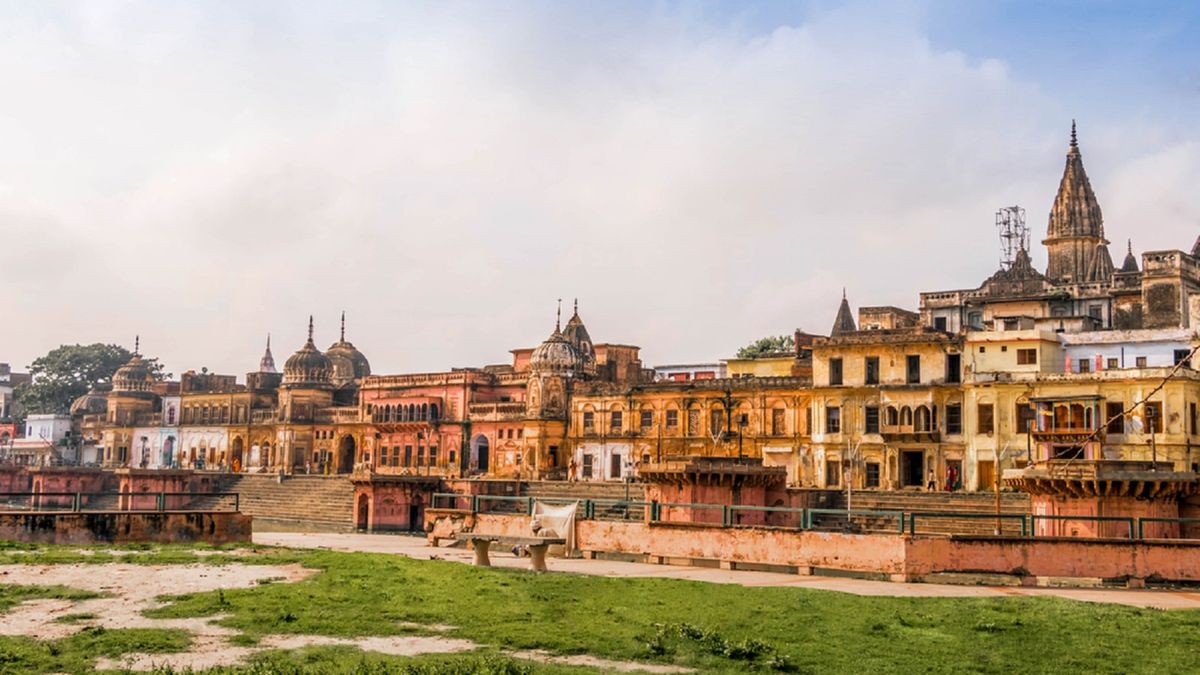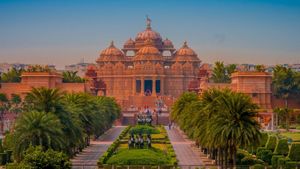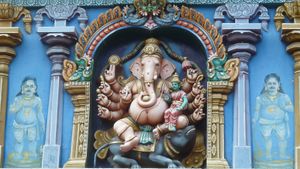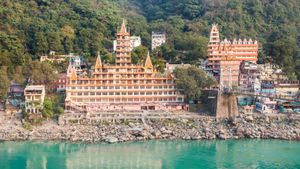Ayodhya — the city that is known to be the birth place of Lord Ram has and will always be a pilgrim city for the Indian Hindu population. While Ram Mandir has always been the part of Ram Janmabhoomi, it is after the supreme court’s final verdict on 19 November 2019 that the construction of Ram Temple in Ayodhya, started. However, now that it is time for the grand inauguration of the temple on 22 January 2024, let's take a virtual stroll through the temples in Ayodhya to know why Ayodhya is Dev Bhoomi in every essence of its existence.
Temples in Ayodhya you must explore
Ram Janmabhoomi
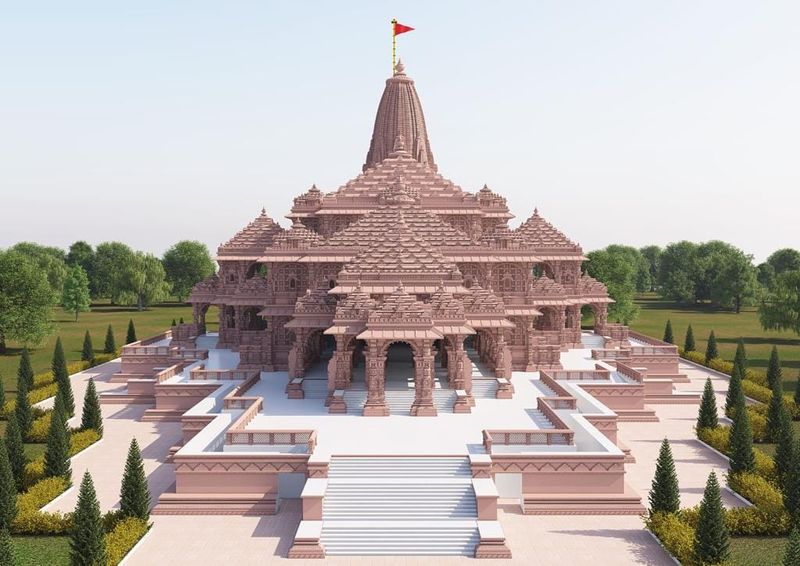
Lord Vishnu’s seventh manifestation Ram — the protagonist of Hindu mythology Ramayana, was born and brought up along Ayodhya's river Sarayu. Hence Rama Janmabhoomi — the birthplace of Lord Ram, is a highly sacred place for Hindu devotees.
It is at this site where the once renowned Babri Masjid stood. Wondering how and why? Well, it has been speculated for decades now that Mughal emperors demolished this Hindu shrine to construct a mosque at the birthplace of Lord Ram. However, considering the present, Ram Janmabhoomi is located in the city centre. The unveiling of the temple in Ayodhya is planned on 22 January 2024.
According to the sources, the Mandir is built in traditional Nagar Style boasting 3 floors where each floor is 20 feet tall. In total it has a length of 380 feet (east - west), a width of 250 feet, and a height of 161 feet, along with 44 doors and 392 pillars.
Hanuman Garhi

Hanuman Garhi is a Temple of Lord Hanuman — a deity in Hinduism who is known to be a devotee of Lord Rama. It is believed that before going to Ram Temple one must visit this temple. Preached a top in Sai Nagar it is a 10th century temple that has a climb of 76 steps. The temple has a 6 inches tall idol of the deity also known as Maruti.
Sita Ki Rasoi
Once an ancient kitchen, this temple is a little different from usual ones. Instead of a deity goddess idol, Sita Ki Rasoi displays vessels in which Sita Mata herself used to cook.
This subterranean kitchen, known as Sita Ki Rasoi, is one of the two kitchens that bear Sita's name.
The elaborately dressed and ornamented idols of Ram, Lakshman, Bharat, Shatrughan, and their wives Sita, Urmila, Mandavi, and Srutakirti are located at the other end of the temple. Sita, sometimes called Goddess Annapurna, is revered as the Goddess of Food. As a result, the temple continues this custom by providing free food. Here, you can also make charitable donations.
Swaminarayan Temple
Originally from Chhapaiya, Shri Swaminarayan moved to Ayodhya and lived in the well-known Swaminarayan temple on Patrapur Road in Ayodhya. The gorgeous temple houses exquisitely sculpted idols of Harikrishna Maharaj and Radha Krishna Deva. In addition, the temple features two umbrellas in remembrance of the homes that were demolished to create inns. Several sacred rites were carried out in the temple by the well-known yogi Ghanshyam Maharaj, popularly known as Shri Swaminarayan. Numerous priests and saints carry out similar rituals in the hopes of obtaining unending power even now.
Treta Ke Thakur
Several idols of gods from Hindu mythology Ramayana — Ram, Sita, Lakshman, Hanuman, Bharat, and Sugreev can be found in the Treta Ke Thakur Temple, which is located near Ayodhya's Naya Ghat. According to legend, a single black sandstone was used to construct these figures.
Treta Ke Thakur is thought to have been built by the historical monarch Kullu 300 years ago. There is a legend that this building is located on the exact spot where Lord Rama performed the renowned Ashwamedha Yagna. Ahilyabai Holkar, the Maratha queen of the era, gave the shrine additional renovations in the 1700s.


